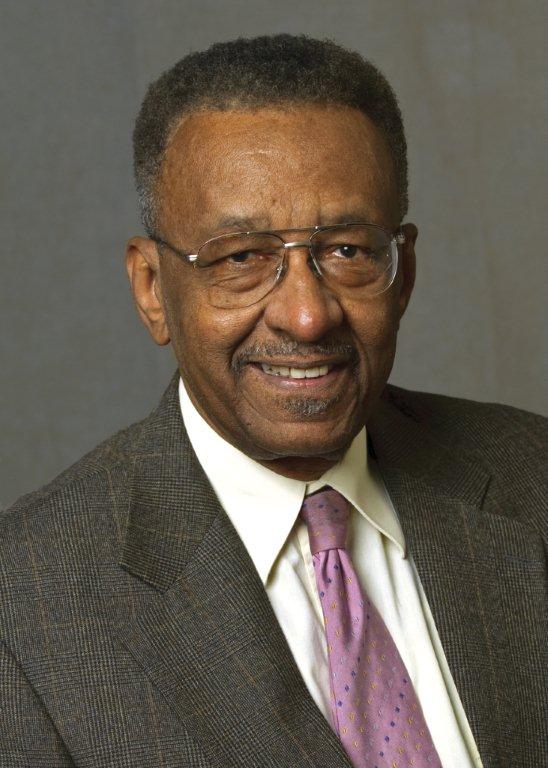The U.S. Supreme Court ruled in the Cleveland school voucher case, Zelman vs. Simmons-Harris, that taxpayer funds that go to parents who might use the money to enroll their children in religious schools was constitutional. One need not be a rocket scientist to understand why.
The Constitution’s First Amendment says, “Congress shall make no law respecting an establishment of religion …” Devious and ignorant lawyers, judges and politicians exhibit little respect or understanding of the Framer’s intent behind the First Amendment. England had an established church – the Church of England – supported by the taxpayers. Its members were given privileges that were denied to members of other congregations. The Framers were Englishmen and feared the creation of a similar state church in our country.
If state and local governments choose to finance education, and they give parents a voucher to be spent at schools of the parent’s choosing, only an intellectual or a person with legal training will see that as government establishment of a state church – a Church of United States. With that kind of reasoning, food stamps would also violate the Constitution’s “establishment of religion” clause. Why? Because people of the Jewish faith might use their food stamps for the purchase of kosher food, and that too should be seen as the government establishing a state church. The same applies to those who’d give part of their Social Security check as their weekly church offering.
The First Amendment arguments by opponents of vouchers and school choice have always been bogus. Now that the U.S. Supreme Court has held it as such, they will no doubt shift their focus to: “We must save public schools instead of draining money away for school choice.” That, too, is bogus.
Try a little math. Take Washington, D.C., which spends over $10,000 per student for education whose student achievement would be dead last if Mississippi chose to secede from the Union. Suppose Washington gave each parent even a $5,000 voucher – that wouldn’t mean less money available per student. To the contrary, holding total education expenditures constant, it’d mean more money per student remaining in public schools.
School choice opponents are also dishonest when they speak of saving public schools. A Heritage Foundation survey found that 47 percent of House members and 51 percent of senators with school-age children enrolled them in private schools in 2001. Public school teachers enroll their children in private schools to a much greater extent than the general public, in some cities close to 50 percent. This also applies to the black elite. Jesse Jackson, for example, sent his son to Washington’s most elite private school.
One particularly insidious argument of voucher opponents is that vouchers will “skim” away the more academically talented students whose parents want better and safer schools for them. That’s a vision that’s hideous and rotten to the core. It says that such students should be held hostage, unable to escape rotten schools and be academically destroyed, in the name of saving public schools at some distant, yet undetermined, unpromised date.
One of the strongest arguments in favor of educational vouchers and choice is: When a society decides to publicly finance a good or service, it doesn’t follow that it must be publicly produced. We publicly finance F-16 fighter jets, but there’s no government F-16 fighter jet factory. That same principle applies to education. We can publicly finance education, but where it’s produced should be determined on the basis of economic efficiency. Where can we get the biggest bang for the buck?
All the self-serving arguments of school choice opponents are bogus. Saving public education is not the same as, and may indeed be exactly the opposite to, saving children.
